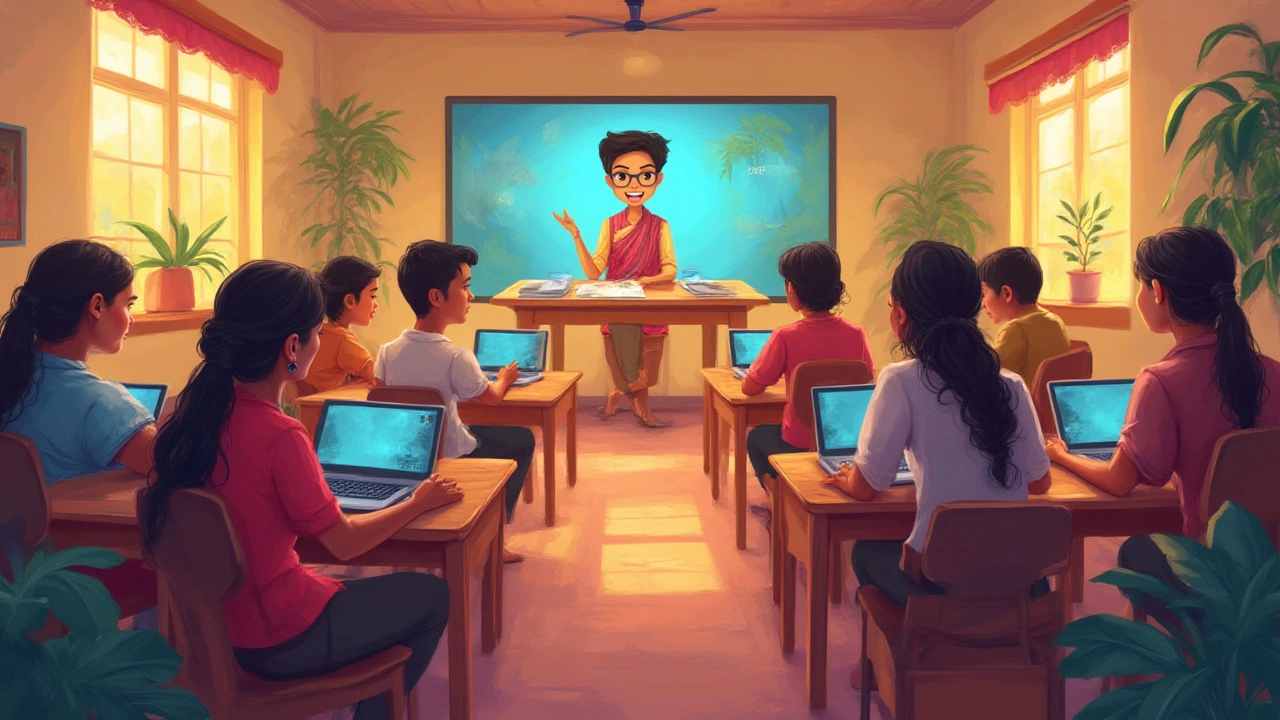Types of eLearning: What Works Best for Students and Professionals
When we talk about eLearning, digital learning that happens online, often without a physical classroom. Also known as online learning, it's become the default way millions of students and workers pick up new skills. It’s not just watching videos or reading PDFs—it’s a whole system of methods, tools, and structures designed to teach you something without sitting in a lecture hall.
There are several main types of eLearning, each with its own strengths. Self-paced learning, where you move through material on your own schedule, without live deadlines is great for busy people. You can pause, rewind, and revisit tough parts—perfect for someone juggling a job or family. Then there’s synchronous learning, real-time classes over Zoom or Teams, where you’re learning alongside others at the same time. This keeps you accountable and lets you ask questions instantly, but it demands fixed hours. Blended learning, a mix of online modules and occasional in-person sessions gives you the best of both worlds—flexibility with human interaction. And let’s not forget microlearning, short, focused lessons under 10 minutes that tackle one skill at a time. This isn’t just trendy—it’s backed by how our brains actually retain information.
What makes one type better than another? It depends on your goal. If you’re learning to code, self-paced platforms like Udemy or freeCodeCamp let you build projects at your speed. If you’re preparing for a certification like PMP or NEET, live sessions with peer discussions help lock in tough concepts. And if you’re upskilling for a promotion, microlearning lets you squeeze in 5 minutes during lunch. The best eLearning doesn’t just deliver content—it matches how you learn, when you’re ready, and what you actually need to do after.
You’ll find posts here that break down which platforms actually pay you while you learn, how Google Classroom stacks up against real learning systems, and what features make a digital course worth your time. We’ve also looked at how sleep, study habits, and even the board you studied under in school affect how well you absorb online material. This isn’t theory—it’s what works for real people in India trying to get better jobs, switch careers, or pass tough exams without burning out.

The Three Main Types of eLearning Explained: Synchronous, Asynchronous & Blended Learning
Jul 5, 2025 / 0 Comments
Discover the three main types of eLearning—synchronous, asynchronous, and blended learning. Learn how each works, their pros and cons, and tips to maximize your success.
READ MORERECENT POSTS
- Best NEET Coaching: How to Choose for Top Results
- How to Train Your Brain to Speak Fluent English: Simple Steps for Real Results
- Discover the Leading NEET Coaching Institute in India
- What Is the Hardest Thing to Learn in Coding? Mindset, Debugging, and Design
- World’s Toughest Exam: Which Test Beats All Others?